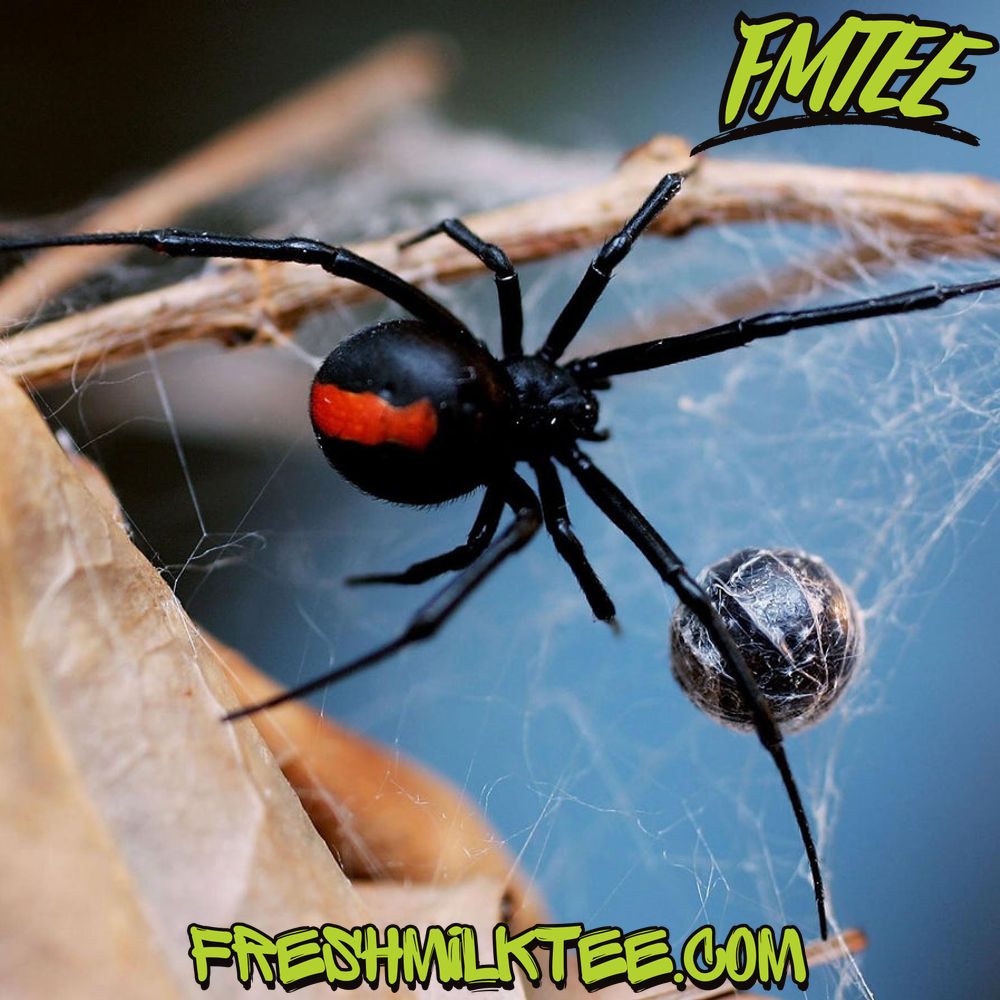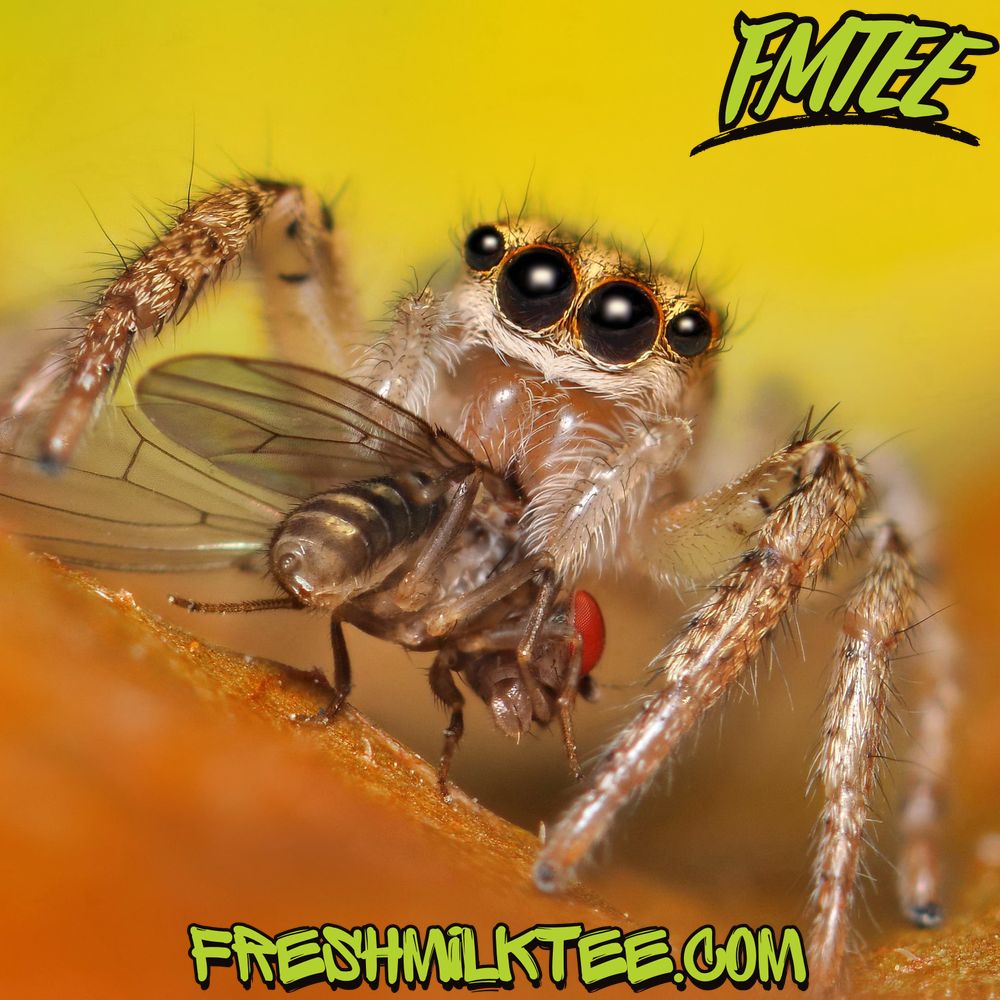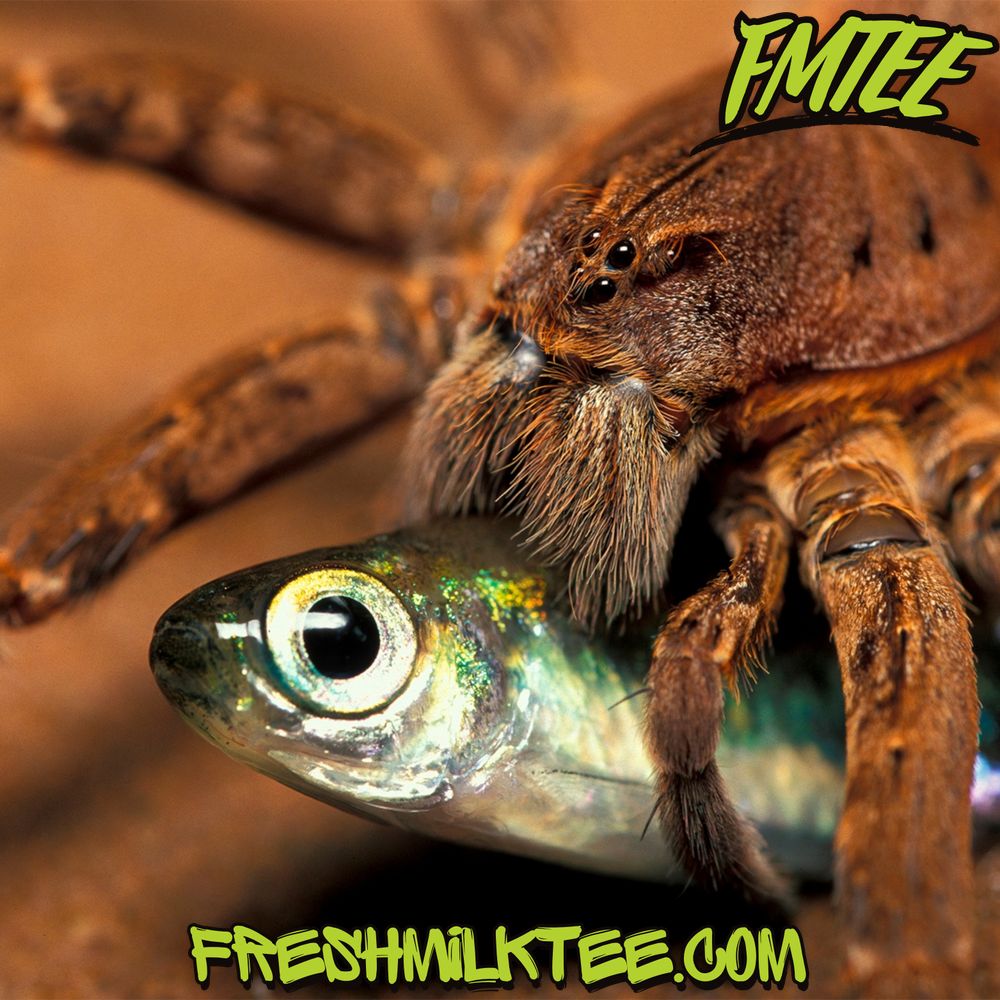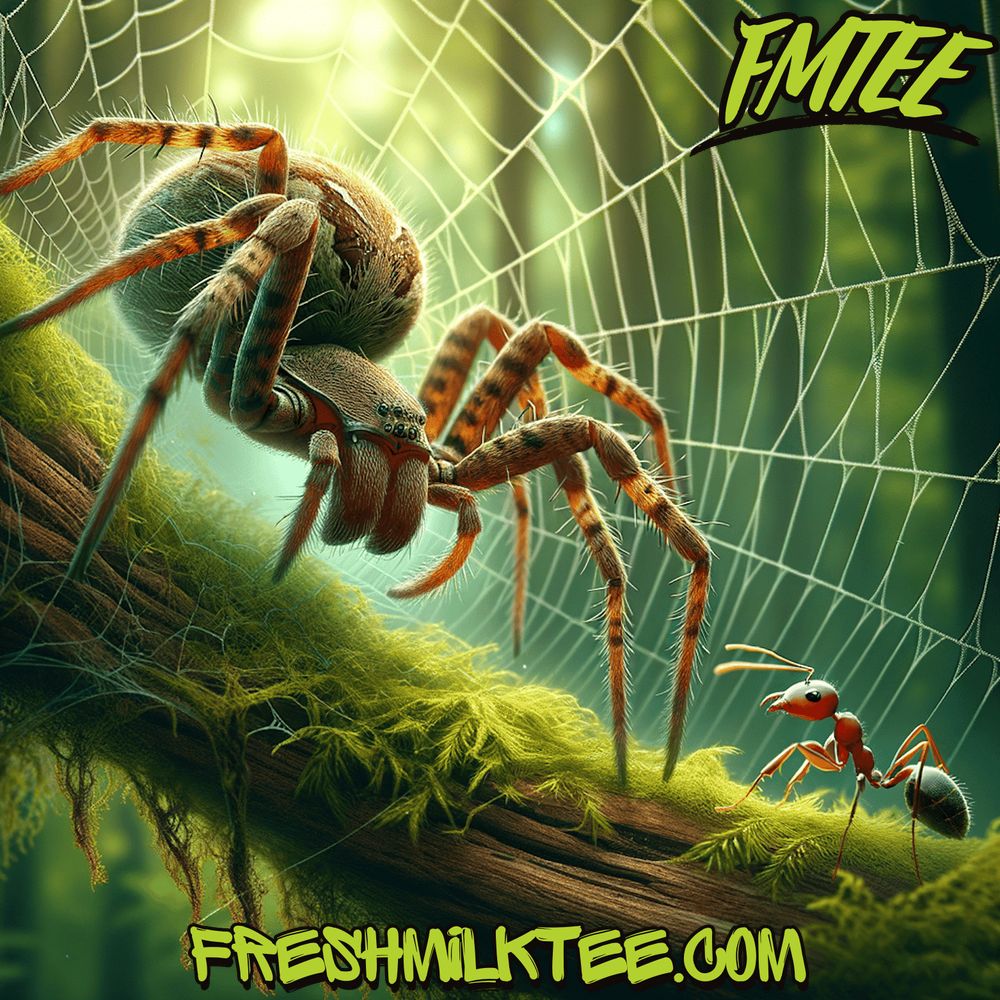Blog
What Do Spiders Eat?
What Do Spiders Eat?
Understanding the diet of spiders is crucial for appreciating these incredible arachnids and their roles in nature. Whether you’re curious about what they eat in the wild or how they survive in captivity, this guide will give you a thorough insight into spider diets, feeding habits, and preferences.
Introduction
Spiders are among the most diverse groups of animals, and their diets can vary widely depending on their species, environment, and size. Most spiders play a vital role in controlling insect populations, making them essential in natural ecosystems. This article explores the various aspects of what do spiders eat, from wild spiders to pet spiders, including their feeding behaviors, types of prey, and how they capture food.
1. What Do Spiders Eat in the Wild?
1.1 Spider Prey in Nature
Spiders are carnivorous and primarily feed on other animals, particularly insects. Common prey for wild spiders include flies, ants, mosquitoes, and crickets. These arachnids use their webs, venom, and hunting skills to capture their food.
In the wild, spiders hunt insects and other small animals using a variety of techniques. Some species, like orb-weaver spiders, create webs to catch their prey, while others, such as wolf spiders, actively hunt their food. Tarantulas are also predators that may capture small vertebrates along with insects.
1.2 Spider Diet Variations Across Species
Different spider species have different dietary needs and feeding methods. For example:
- Orb-weaver spiders: They primarily consume flying insects such as flies, moths, and mosquitoes. These spiders are known for their intricate webs, which they use to trap prey.
- Wolf spiders: Known for their active hunting, wolf spiders will stalk their prey, including insects like ants and crickets, and pounce on them.
- Tarantulas: While most spiders eat small insects, tarantulas are more versatile and can consume larger prey, such as small lizards, frogs, and even small birds in the wild.
To learn more about the different types of spiders and their feeding habits, check out the article from Terminix.

2. What Do House Spiders Eat?
2.1 Common Food for House Spiders
House spiders tend to feed on common indoor insects. These can include flies, ants, moths, and even cockroaches. They are opportunistic feeders, often preying on whatever insects wander into their webs or vicinity.
Unlike outdoor spiders, house spiders benefit from the more stable environment of homes, which often host a variety of insects. Their diet is primarily composed of smaller insects, and they use webs or active hunting techniques to catch food.
2.2 Spider Eating Habits in Homes
House spiders often have a passive feeding style, relying on their webs to trap insects. Once prey is caught, the spider injects digestive enzymes into the insect, liquefying its insides before sucking up the resulting liquid. This method is quite different from how many predators hunt, but it’s highly efficient for spider feeding.
3. What Do Garden Spiders Eat?
3.1 Spider Diet in Gardens
Garden spiders are an important part of maintaining a balanced ecosystem in gardens. Their primary food sources include small flying insects like flies, mosquitoes, and moths, which are abundant in such environments. Garden spiders help reduce the population of these insects by capturing them in their webs.
3.2 How Garden Spiders Hunt and Feed
Garden spiders, much like orb-weaver spiders, use their webs to capture food. These spiders usually build their webs in places where flying insects are abundant, such as near flowers or bushes. When prey becomes ensnared in the web, the spider quickly approaches to inject venom and begin feeding.
4. Do Spiders Eat Other Spiders?
4.1 Cannibalism in Spiders
Yes, some spiders eat other spiders. This behavior is more common in certain species, where one spider may prey upon another, especially during mating seasons or when food is scarce. For example, female black widow spiders are known to eat their mates after reproduction.
This kind of behavior is not universal among all spiders but is a notable phenomenon in the arachnid world. You can read more about spider cannibalism and how it works on Wikipedia.
4.2 Spider Predation on Each Other
Spiders may also engage in predation on each other when they feel threatened or during moments of territorial disputes. Cannibalism can occur in cases where a spider is hungry and finds another arachnid in its territory.

5. What Do Baby Spiders Eat?
5.1 Spiderling Diet
Baby spiders, or spiderlings, have a much smaller diet compared to adult spiders. They typically feed on tiny insects or even the eggs of other small arachnids. Spiderlings need to consume a protein-rich diet to grow and develop properly.
5.2 Developmental Stages and Diet
As spiderlings grow, they begin to hunt and eat larger prey. This change in diet coincides with their growth and development into fully adult spiders. Spiderlings may start with smaller insects, such as mites or aphids, and gradually move on to larger insects and even small vertebrates as they mature.
6. Do Spiders Eat Insects Like Mosquitoes, Flies, and Ants?
6.1 Diet of Spiders: Insects as Prey
Yes, spiders eat mosquitoes, flies, and ants. These insects are abundant in most environments, and spiders actively hunt or catch them in their webs. In fact, spiders are considered one of the most efficient natural pest controllers, particularly when it comes to mosquito control.
Spiders also play a key role in reducing the population of flies, ants, and other insects that may otherwise become pests in homes, gardens, and farms.
6.2 Insect Hunting Techniques
Some spiders, like wolf spiders, actively hunt insects such as mosquitoes and flies, while others, like orb-weaver spiders, rely on their webs to trap these insects. Once the prey is caught, the spider injects venom and begins the digestion process.
7. What Do Tarantulas Eat?
7.1 Diet of Tarantulas
Tarantulas are opportunistic feeders and eat a variety of foods, including insects and small vertebrates. Their diet consists of crickets, cockroaches, and even larger prey like frogs, lizards, and small rodents. Tarantulas can capture prey using their large fangs and venom, immobilizing them before feeding.
7.2 Tarantula Feeding in Captivity vs. the Wild
In captivity, pet tarantulas are usually fed crickets, mealworms, and other insects that are safe for them to consume. Wild tarantulas, however, have a more varied diet that includes small vertebrates and larger prey. The change in diet between wild and captive tarantulas is primarily due to availability and the controlled environment.

8. Spider Food Preferences and Feeding Process
8.1 Different Spider Species and Their Food Preferences
Different species of spiders have unique dietary preferences based on their size, environment, and hunting styles. For example:
- Jumping spiders prefer smaller insects and will actively hunt them by leaping onto their prey.
- Tarantulas and larger spiders, on the other hand, prefer more substantial prey, including small vertebrates like frogs and lizards.
8.2 How Do Spiders Eat?
Spiders use their venom to paralyze and liquefy their prey. Once the prey is immobilized, spiders inject digestive enzymes into the prey’s body, which liquefies the internal organs, allowing the spider to suck up the nutrients. This method of feeding is efficient and allows spiders to consume prey that is much larger than themselves.
9. What Do Spiders Eat in Captivity?
9.1 Diet for Pet Spiders
For those who keep pet spiders, it’s important to provide a diet that closely resembles their natural feeding habits. Crickets, mealworms, and other insects are ideal food for most pet spiders, including tarantulas and jumping spiders.
Feeding pet spiders can be done on a regular basis, ensuring that they have enough food to thrive. It’s essential to offer food that matches the spider’s size and species requirements to keep them healthy.
9.2 Feeding Habits of Spiders in Captivity
In captivity, spiders are usually fed on a schedule, and the food is generally provided in small amounts to prevent overfeeding. Unlike in the wild, where spiders hunt actively for their food, pet spiders may rely on human caregivers to provide food sources like crickets and worms.
Conclusion
Understanding what spiders eat is essential not only for appreciating their role in nature but also for those who keep them as pets. From small insects like flies and ants to larger prey like small vertebrates, spiders have a diverse diet that varies by species. Whether you’re learning about house spiders, garden spiders, or tarantulas, this guide offers insights into their feeding habits, food preferences, and how they catch their prey.
For more detailed information on spider diets, visit Terminix.

Frequently Asked Questions (FAQs)
- What do spiders eat in the wild?
- Spiders in the wild typically eat insects such as flies, mosquitoes, ants, and crickets. Larger species like tarantulas may also eat small vertebrates.
- Do house spiders eat insects?
- Yes, house spiders feed on insects like flies, ants, and cockroaches, often capturing them in webs.
- Do spiders eat each other?
- Some spider species do eat other spiders, especially during mating or when food is scarce.
- What do baby spiders eat?
- Baby spiders feed on small insects like mites or aphids before moving on to larger prey as they grow.
- Do tarantulas eat small animals?
- Yes, tarantulas are known to eat insects, small lizards, frogs, and other small vertebrates.
External Links:
- Terminix – Spider Diet
- Wikipedia – Spider Behavior
- Reddit – ELI5: How Do Spiders Actually Eat Their Prey?

